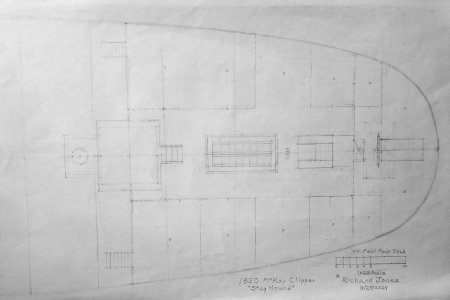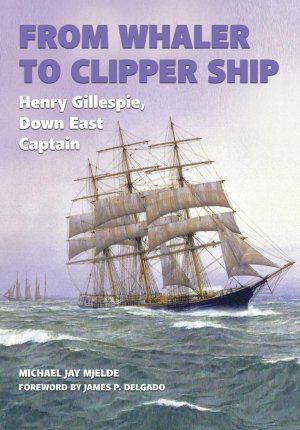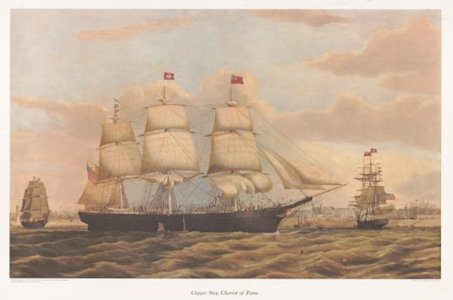- Joined
- Jun 17, 2021
- Messages
- 3,175
- Points
- 588

No Problem. I just want to get as close as I am able to the latest thinking while still possible with this model.
If it proves to be too big a hassle, I'll be happy to be content in the corner I've painted myself into. I've already sat in front of the model mulling it over and weighing the risk-reward factor.
If it proves to be too big a hassle, I'll be happy to be content in the corner I've painted myself into. I've already sat in front of the model mulling it over and weighing the risk-reward factor.









